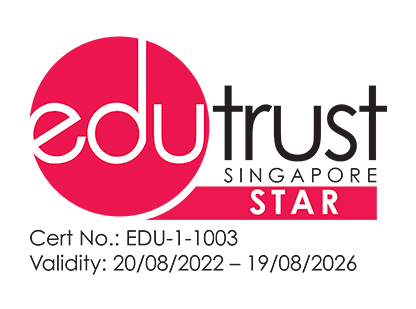HR Analytics: The Future of Talent Management

Human resource (HR) analytics is a concept that is gaining traction, with an increasing number of companies adopting data-driven approaches to manage their workforce.1 With HR analytics, companies can identify trends, improve efficiency, and reduce costs. It is a valuable tool that can help companies improve their HR practices and achieve their business goals.
But what exactly is HR analytics, and why is it so important?
Understanding HR Analytics
HR analytics is the practice of using data to make strategic decisions related to human resources.2 There are different types of HR analytics, but they all involve collecting and analysing information on various HR metrics, such as employee engagement, employee turnover rates, productivity levels, and training investment. Data analysis is then used to identify patterns, trends, and insights that can help organisations make informed decisions about absentee payroll, work culture, talent retention, and more.
It is a relatively new field, but one that is growing rapidly. In a 2017 survey by Deloitte, 71% of companies put HR analytics, which is sometimes referred to as “people analytics”, as high priority.3 There can be little doubt that this has only increased since then.
HR Analytics: Why Do You Need It?
HR analytics is a game-changer when it comes to managing human resources.4 Its deployment helps organisations identify areas of concern and take proactive measures to address them.
For example, if an organisation has a high employee turnover rate, HR analytics can help identify the reasons behind it, such as poor work culture or inadequate training, and take corrective measures to address these issues.
Case studies have shown that organisations that use data-driven approaches to HR management have a competitive advantage over their peers.5 It can improve decision making, increase efficiency, reduce costs, and boost employee satisfaction.
As a globalised economy in a highly competitive environment, Singapore’s ability to attract and retain the best talent is a priority. At the same time, efficiency and productivity need to be optimised in order to stay ahead.
HR analytics can help organisations in Singapore do this by giving them insights into improving their workforces. Analytical tools such as talent analytics can improve hiring, training, and performance management. It also helps create better inclusivity, compensation, and benefits policies.

How to Get Started with HR Analytics
An excellent first step towards implementing effective HR analytics at the workplace is Singapore Institute of Management’s Graduate Certificate in Human Resource Management (E-Learning).
This bite-size, fully online programme provides HR professionals with the skills and knowledge needed to succeed in the new economy, with modules including Leadership and Emerging Technologies.
Learn more about this programme by scheduling a call with our Student Advisors and get a free, no-obligation eligibility check, or download your Graduate Certificate in Human Resource Management (E-Learning) programme guide for a comprehensive look at how this programme can lead to your professional success.
References





